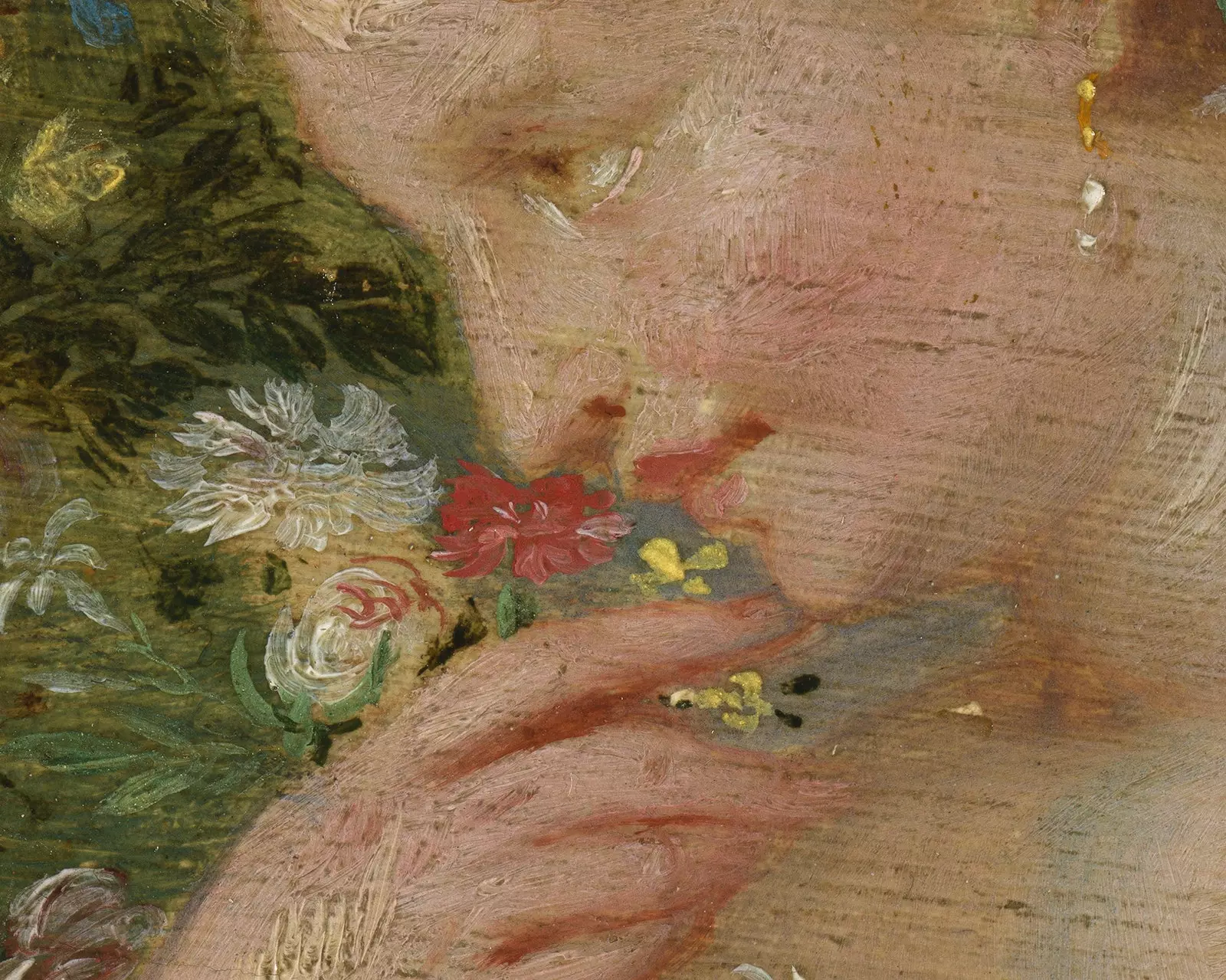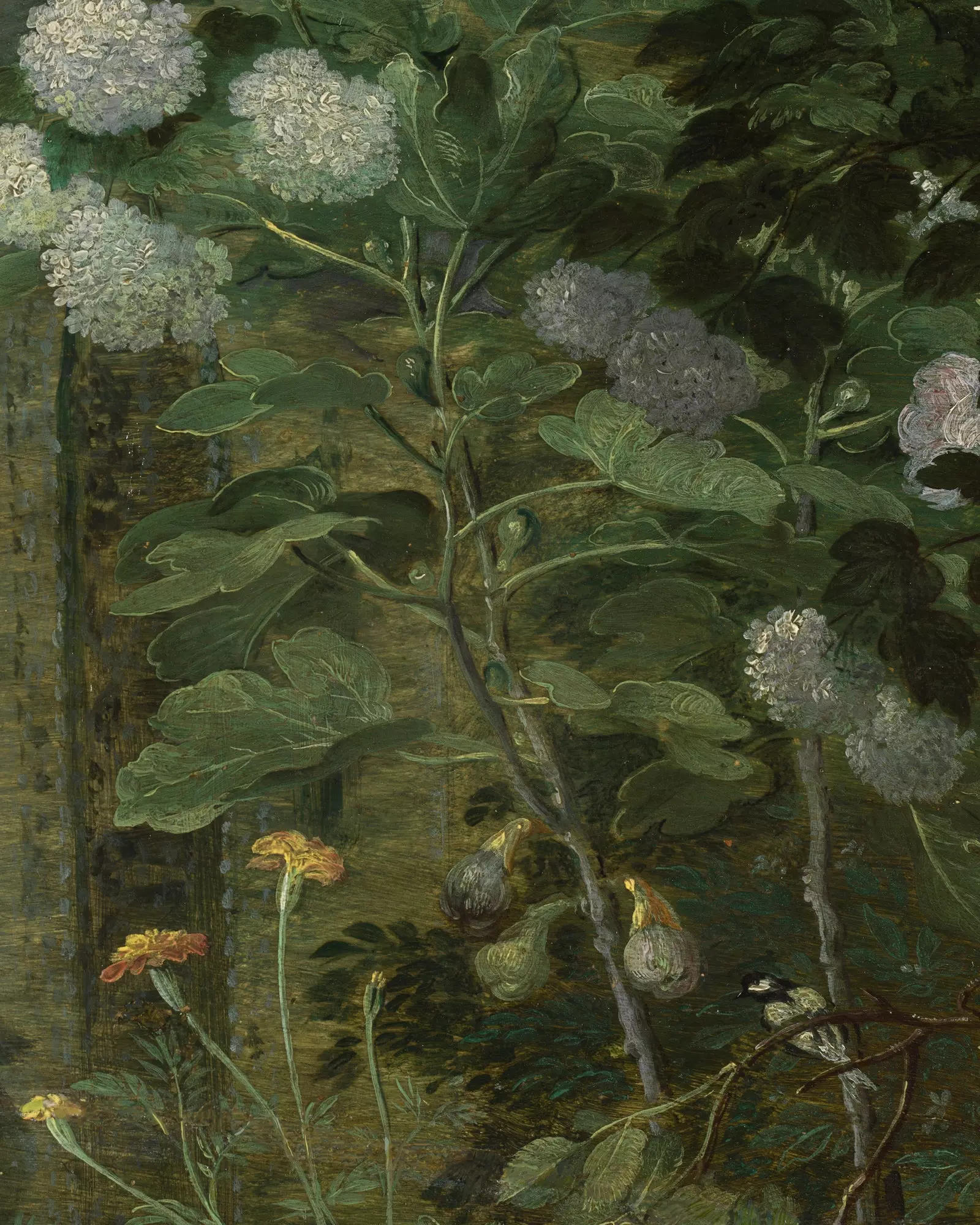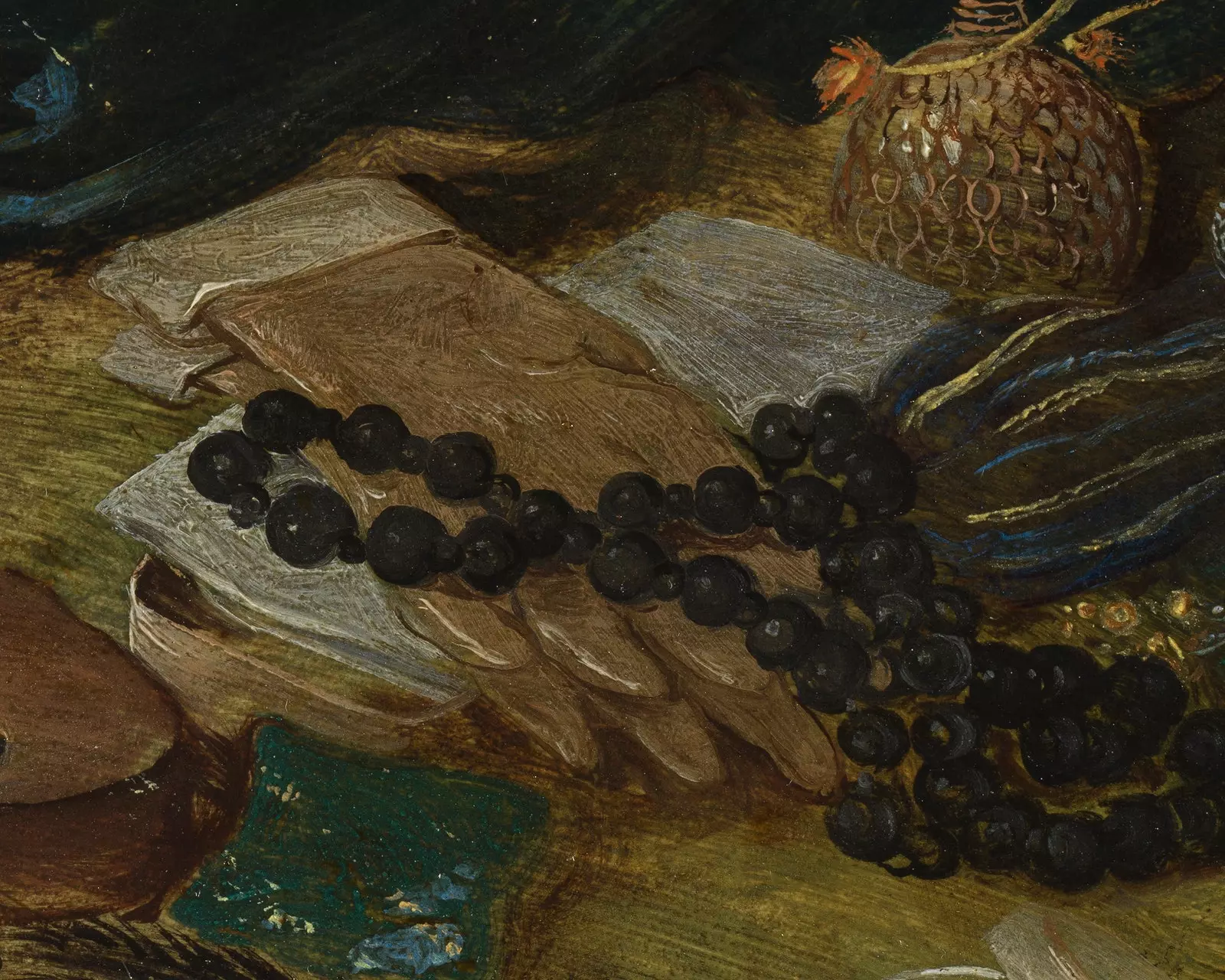What do the paintings smell like? It is possible that we need some imagination to unveil this enigma, or not, because thanks to the new exhibition, for the first time olfactory, of the Prado Museum it will be possible. “The essence of a painting. An olfactory exhibition” proposes a new approach to the Prado's collections, this time through the sense of smell.
To do this, with the technological sponsorship of Samsung and the special collaboration of the Perfume Academy Foundation and olfactory technology AirParfum developed by Puig , the perfumer Gregory Alone has created 10 fragrances related to elements present in the work The sense of smell , part of the series the five senses that Jan Bruegel painted in 1617 and 1618 and in which the allegorical figures were made by his friend Rubens.
Air Fragrance technology , developed by Puig and exclusive in the world of perfumery, allows you to smell up to 100 different fragrances without saturating your sense of smell, respecting the identity and nuances of each perfume. Through the four diffusers on the Samsung touch monitors available in the room, visitors will be able to smell the 17th century elements present in the painting.

Detail of the work El Olfato for the fragrance "Allegory".
THE SENSE OF SMELL
Smell by Jan Brueghel and Rubens is the main and germ work of this exhibition, and is part of the series of The Five Senses, exhibited in this same room, which Jan Brueghel painted in 1617 and 1618. The series was probably commissioned by the infant Elizabeth Clara Eugenie and her husband Albert of Austria , sovereigns of the southern Netherlands, for whom
Brueghel worked as a court painter.
The objects seen in these scenes reflect the collecting and taste of the European courts of the time. In 1636 the five paintings were in Madrid, in the collection of King Felipe IV, who installed them in a room decorated with two ebony and bronze shelves together with paintings attributed to Dürer, Titian and Patinir, among others. They were among the main jewels of the monarch.
See pictures: The 29 paintings you have to see before you die

Detail of the work El Olfato for the fragrance "Higuera".
THE 10 FRAGRANCES
What are the 10 fragrances that can be smelled in this original exhibition? You can start with Allegory , the perfume, created by Gregorio Sola, which is inspired by the bouquet of flowers that smells the allegorical figure of smell, painted by Rubens.
Gloves evokes an amber-scented glove according to a formula from 1696, consisting of resins, balsams, woods and flower essences, accompanied by the accord of fine leather. The elites in the Modern Age perfumed the gloves to mask the bad smell of tanning and have a pleasant smell nearby. Leather gloves from Spain were especially valued at the time.
The FIG tree interprets the vegetal, humid, green and refreshing smell of the shade of a fig tree on a summer day. "We can perceive the velvety texture of the leaves as well as the dark color of its trunk and its branches," they point out from the exhibition. Of course there is no lack the orange flower bitter, from which the essence of neroli is extracted, by steam distillation.
Also the jasmine that smells different in the morning than at night, when it is more opulent. Like other plants seen in the painting, it is an import from warmer places.
The Rose it is the most recognizable of all flowers. They say that three hundred thousand flowers are needed, picked by hand at dawn, to have a kilo of their essence. Jan Brueghel painted eight varieties of roses , among them centifolia and damascena, the most used in perfumery.

Detail of the work El Olfato for the fragrance "Amber Gloves".
Hall has also used the lily , the most expensive raw material in perfumery, with a value greater than twice that of gold due to its complex and slow manufacturing process. Y the daffodil , used in perfumery, is grown mainly in the French region of Aubrac, and is harvested in late May and early June. At the time of Jan Brueghel the essence was obtained by distillation. Currently it is acquired by solvent extraction, which allows more essential oil to be produced.
And the last two perfumes correspond to the civet , an animal that has a bag between its hind legs from which a resinous substance, civet, was extracted, formerly used in perfumery. It is a slightly volatile ingredient that was used as a fixative, linking it to other fragrances to prolong its duration on the skin or on an object. Its smell is strong, animal, almost
excrement. Seventeenth-century perfumers masked it by dressing it with essences of flowers, woods, spices, and balms.
While the tuberose used at that time was of Indian origin and very expensive, the one used in perfumery when the painting was painted comes from Mexico. Currently its cost can exceed €10,000/kg. Due to its strength and intensity, the essence of tuberose in a perfume enhances the character of other floral notes.
It can be visited until July 3, 2022. You can reserve your ticket through its website.
